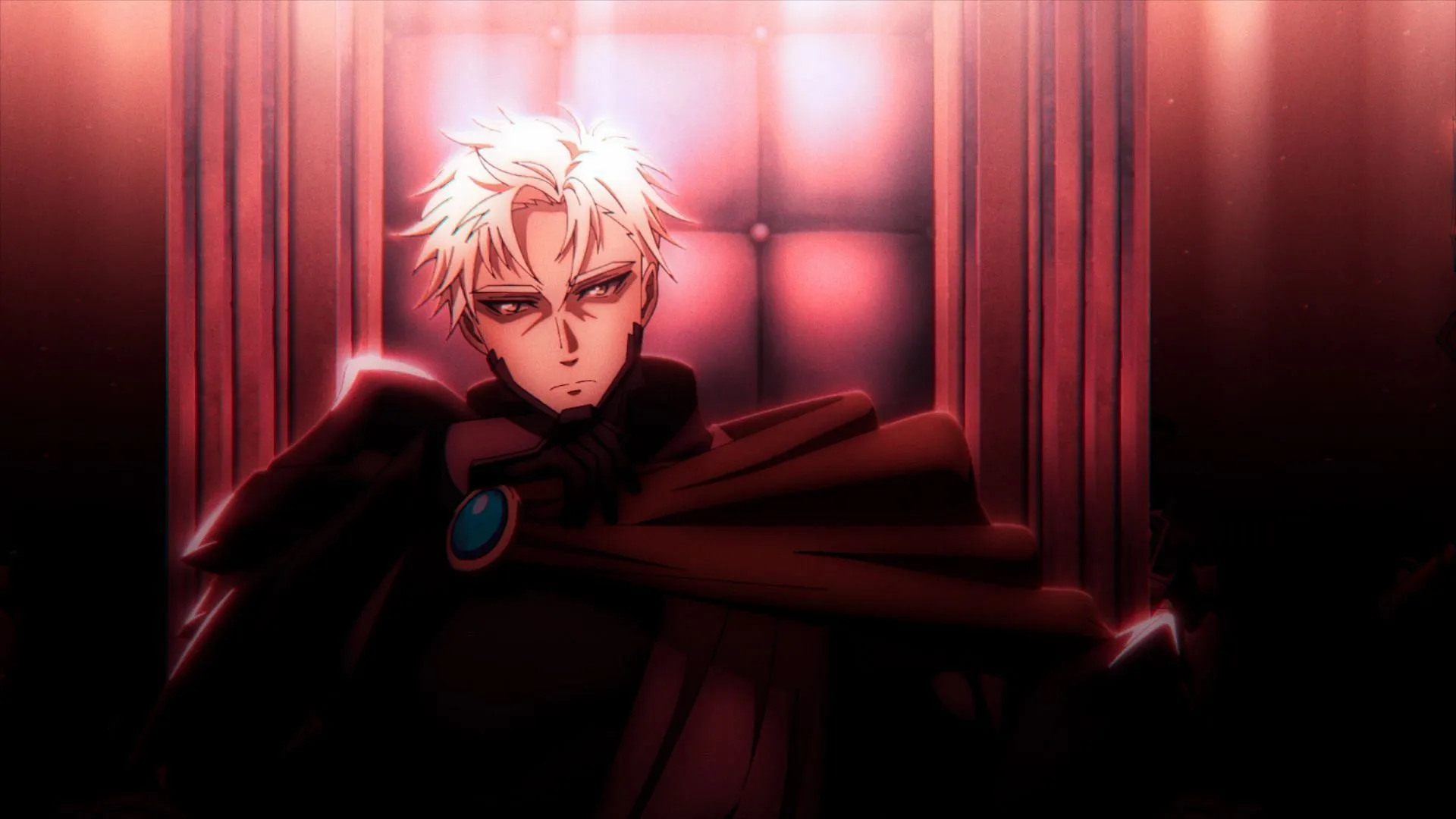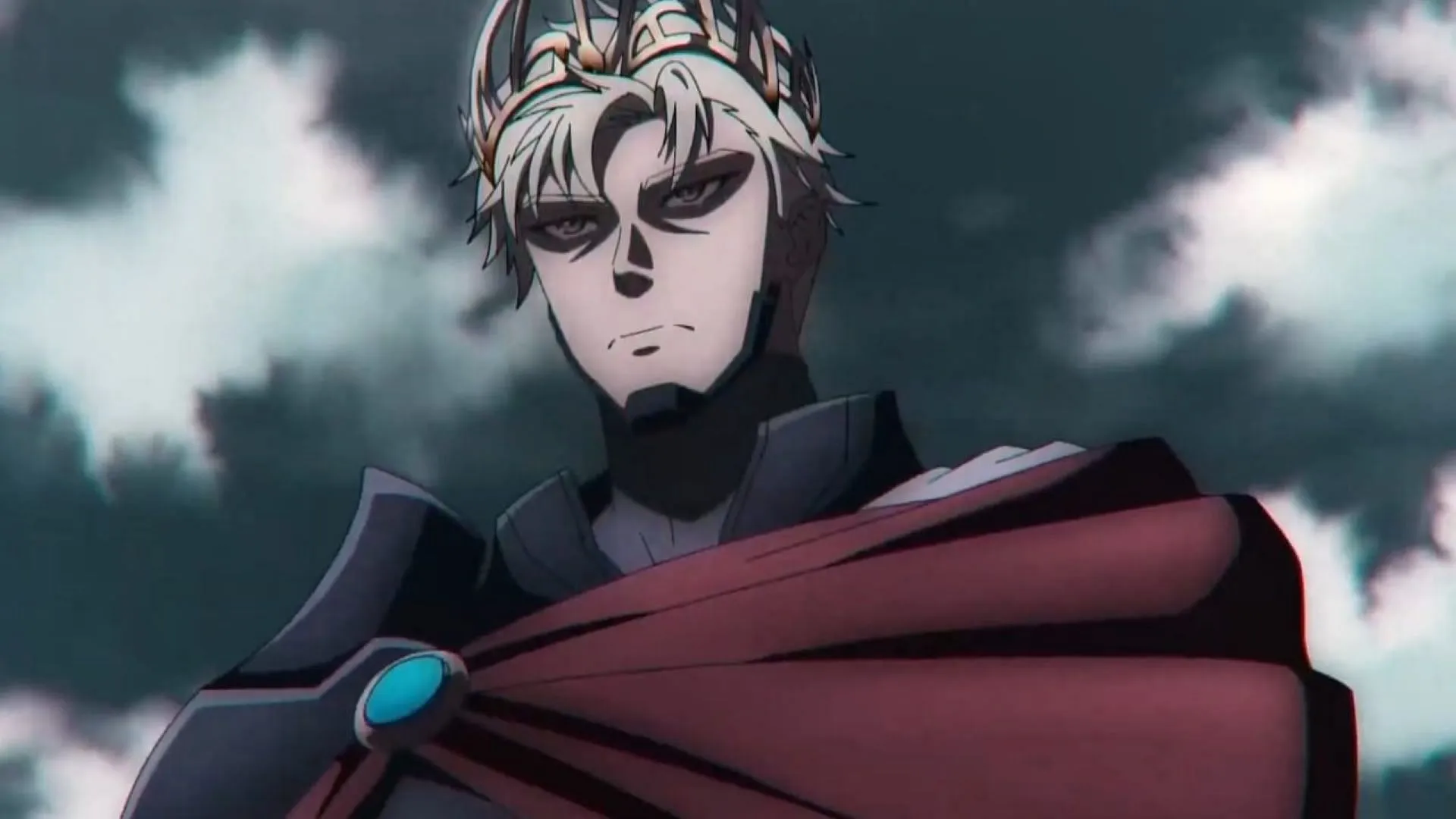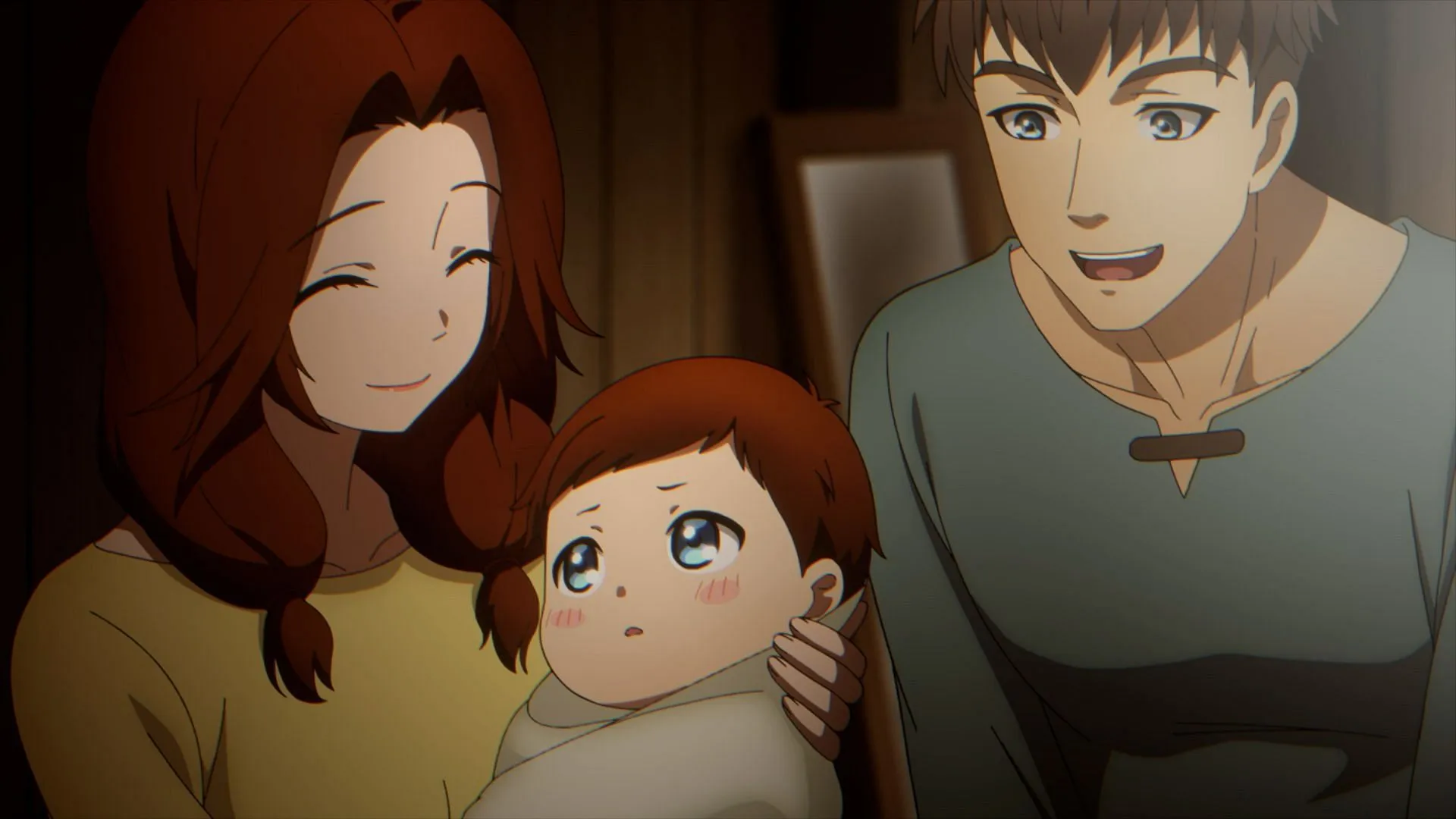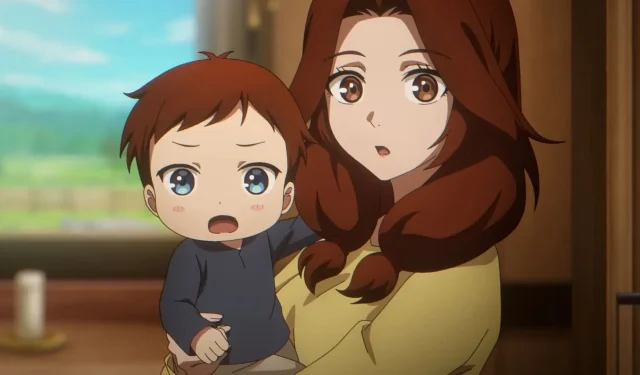The highly anticipated first episode of The Beginning After the End debuted on April 2, 2025, at 11:30 PM JST, delivering an intriguing new chapter to the isekai genre.
This inaugural episode introduces Grey, known as the most formidable king in history. After his reign ends, he finds himself reincarnated as a boy named Arthur in a fantastical world filled with magic. This fresh start brings with it emotions and connections absent from his solitary past, establishing a captivating premise for his journey.
In this episode 1 review, we will delve into how this new series compares with established titles in the isekai realm, assessing whether it merely imitates its predecessors or forges a distinct path of its own.
Summary of The Beginning After the End Episode 1

Titled “The Rebirth of the King”, the episode sets the stage by providing a glimpse into Grey’s former life, highlighting his dominance as a king. Despite his extraordinary powers, Grey led a life steeped in isolation, stripped of trust and companionship.
Following his sudden demise, Grey is reincarnated as Arthur, the son of Reynolds and Alice. Initially, Arthur grapples with the limitations of his infant form but gradually begins to adapt to his new reality. As he grows, he uncovers the magical aspects of this world and embarks on a quest to master these new powers.
Two years pass, and Arthur finally awakens his magical abilities, leading to an explosive incident at home. His parents’ frantic response to the chaos leaves him puzzled, as he tries to navigate the overwhelming emotions associated with family and love—concepts he never experienced in his previous existence.
As he continues developing relationships with his parents, Arthur starts to embrace feelings of warmth and affection, marking a significant transformation in his emotional landscape.
Narrative Analysis: Echoes of Mushoku Tensei
The premiere episode crafts a cohesive narrative that lays the groundwork for the unfolding story by introducing critical characters and establishing the overarching plot.
Its storytelling mechanics bear striking similarities to Mushoku Tensei: Jobless Reincarnation, as both protagonists transition from solitude to a second chance in a supportive family environment within a magical context. Like Rudeus, Arthur begins to acknowledge emotions previously unknown to him.
However, the nuances of their backgrounds set them apart. Rudeus’s past is rooted in a contemporary Earth, whereas Grey came from a technologically advanced dystopia where monarchy was not assigned by lineage.
Moreover, their motivations differ significantly. Although both aspire to harness magic, Arthur’s drive stems from a primal instinct for survival, shaped by his past life as the mightiest king. In contrast, Rudeus sees his quest for magic as a means to bond with his new family, imbuing their journeys with uniquely personal stakes.

In personality, the two differ widely. Rudeus tackles his reincarnation with levity and occasionally mischievous tendencies, while Arthur adopts a more serious and pragmatic approach. This new life represents his reality that must be faced head-on, free from sentimentality or longing for the past.
The distinct motivations and dispositions suggest that The Beginning After the End will likely chart a different course than Mushoku Tensei. Though the premiere imitates familiar storytelling patterns, Arthur’s unique journey hints at exciting developments ahead.
Even with its conventional framework, The Beginning After the End episode 1 provides an enjoyable viewing experience. Its originality takes shape in subtle nuances, promising a captivating narrative as the series progresses and establishes its identity in the isekai genre.
Production Quality Review of Episode 1

The episode is brought to life by Studio A-Cat under the skillful direction of Keitaro Motonaga. With a well-structured script by Takamitsu Kono, the narrative flows seamlessly, supported by exceptional visual direction.
Masami Sueoka’s character designs particularly catch the eye, especially with the portrayal of Grey, ensuring a striking visual introduction. The animation quality is commendable, vividly rendering both Grey’s advanced, emotionless world and Arthur’s enchanting new environment of magic.
Keiji Inai’s musical arrangement further amplifies the viewing experience, accentuating pivotal moments throughout the episode. The voice acting is commendable, featuring standout performances from Natsumi Fujiwara, recognized for her role as Asta in Black Clover, and Makoto Furukawa, famed for his portrayal of Saitama in One Punch Man. Their interpretations of Arthur and Grey enhance the depth and emotion of the storyline, making the episode even more engaging.
Final Thoughts
In summary, The Beginning After the End episode 1 presents a captivating and skillfully crafted introduction. While its foundational premise may initially seem derivative, the story teases unique elements that could steer it into fresh territory within the isekai genre as it progresses this Spring 2025.


